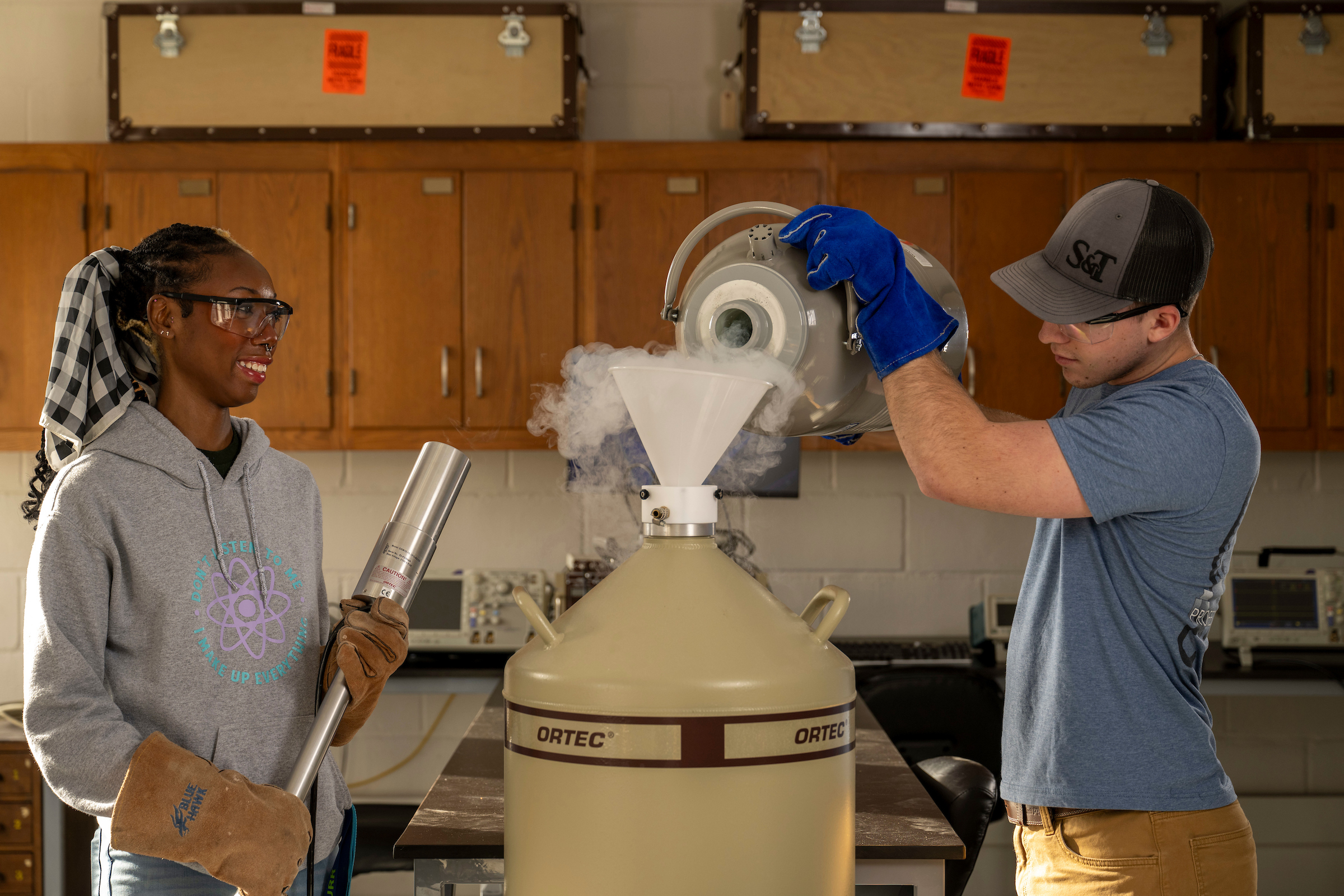
Nuclear engineering faculty are performing cutting-edge research in collaboration with national laboratories, industrial partners, and other universities.
Students at both the undergraduate and graduate level are strongly encouraged to get in touch with faculty to discuss opportunities to get involved in ongoing research projects.
Explore our research areas
Get involved. Do research.
Our student research opportunities introduce you to the world of research and create special networking opportunities with faculty and the scientific community.

Follow Nuclear Engineering and Radiation Science